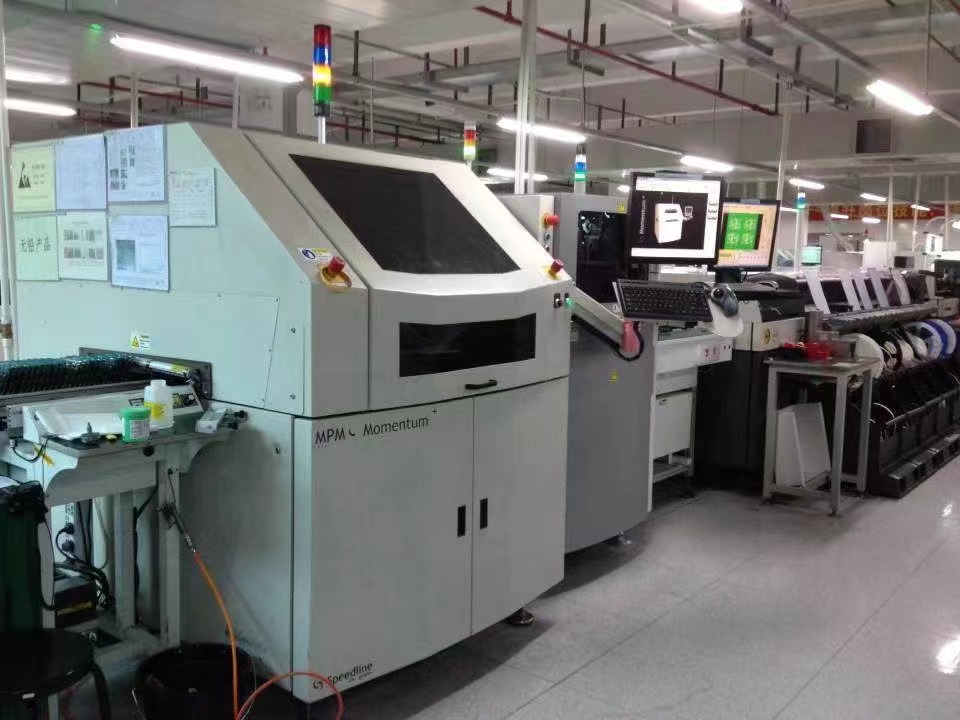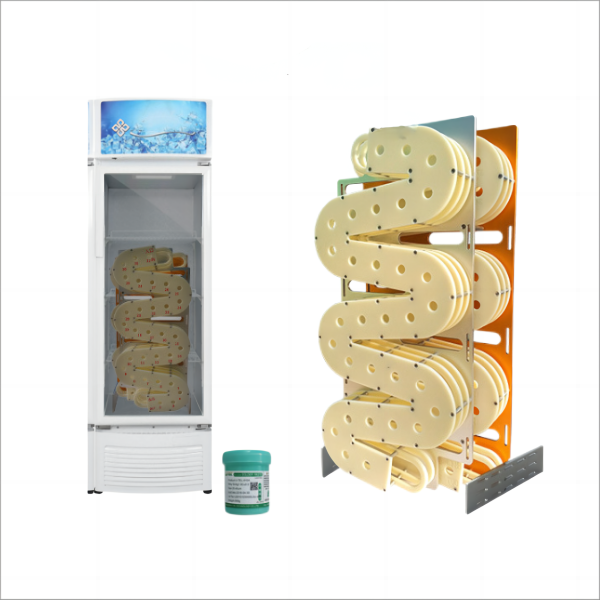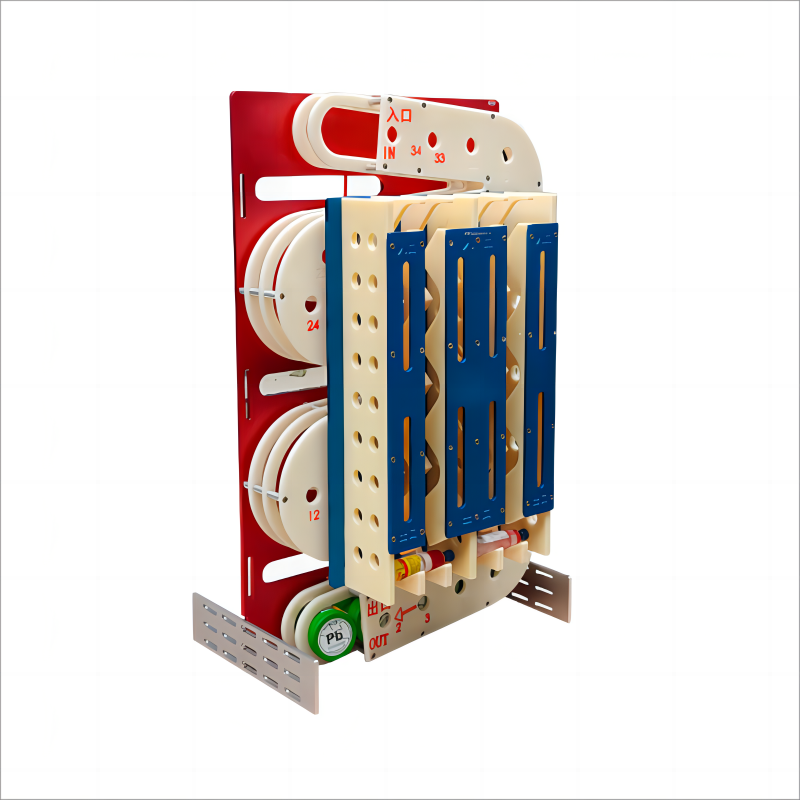Introduction
In the fast-paced world of electronics manufacturing, staying ahead of the curve is essential. Solder Paste FIFO Rack technology has witnessed remarkable advancements in recent years, and there’s no better way to understand these innovations than through a comprehensive video tour. Join us as we venture inside the latest Solder Paste FIFO Rack technology to unravel its secrets, explore its features, and grasp the impact it can have on your manufacturing processes.
The Evolution of Solder Paste FIFO Racks
Traditional Solder Paste Handling
To appreciate the leaps in technology, we begin by understanding traditional solder paste handling. This section sheds light on the challenges and limitations that manufacturers faced before the advent of advanced Solder Paste FIFO Rack systems.
The Birth of FIFO Rack Technology
Delve into the genesis of FIFO Rack technology. Learn how the need for efficient solder paste management led to the development of these groundbreaking systems, revolutionizing electronics manufacturing.
Unveiling the Video Tour
Introduction to the Video Tour
Embark on our video journey as we introduce the Solder Paste FIFO Rack technology we’re about to explore. This section provides an overview of what viewers can expect and highlights the key areas we’ll cover during the tour.
The Rack’s Exterior
Step one takes us outside the Solder Paste FIFO Rack. We examine its physical features, materials, and design elements. Get a sense of the rack’s durability and how it fits into the manufacturing environment.
Interior Organization
Now, we venture inside. The interior of the Solder Paste FIFO Rack holds secrets to its efficiency. Learn how compartments are organized, and understand the FIFO principle that ensures paste freshness.
Paste Dispensing Mechanism
The heart of the rack lies in its dispensing mechanism. We closely examine how paste is dispensed with precision. Discover the technology that ensures consistent and uniform paste application.
Ergonomics and Accessibility
Ergonomics plays a vital role in manufacturing efficiency. In this section, we discuss how the rack’s design enhances accessibility, minimizes operator strain, and streamlines the soldering process.
Impact on Manufacturing
Efficiency and Productivity
The latest Solder Paste FIFO Rack technology isn’t just about convenience; it’s a game-changer for efficiency. Explore how these racks significantly reduce setup times, leading to increased productivity.
Quality and Consistency
Quality is non-negotiable in manufacturing. Discover how the technology’s precision and controlled paste dispensing result in consistently high-quality solder joints, reducing defects and rework.
Sustainability
Sustainability is a growing concern. Learn how Solder Paste FIFO Rack technology optimizes paste usage, reducing waste and contributing to environmentally conscious manufacturing practices.

Conclusion
Our video tour inside the latest Solder Paste FIFO Rack technology has unveiled a world of innovation and efficiency. From its exterior durability to the intricacies of paste dispensing, these racks are more than storage; they’re a cornerstone of modern electronics manufacturing.
FAQs
Q: Can I retrofit this technology into my existing manufacturing setup?
A: Yes, many Solder Paste FIFO Rack systems are designed for seamless integration into various manufacturing workflows.
Q: What types of solder paste can be used with these advanced racks?
A: These racks are compatible with various solder paste compositions and viscosities, making them versatile for different manufacturing needs.
Q: How does the FIFO principle benefit my manufacturing efficiency?
A: The FIFO principle ensures that the oldest paste is used first, maintaining its freshness and reducing paste wastage.
Q: Are these racks easy to maintain?
A: Yes, regular cleaning and maintenance of the rack’s dispensing mechanisms are straightforward and contribute to consistent performance.
Q: Can this technology adapt to different container sizes?
A: Yes, modular compartment design allows for flexibility in accommodating various container sizes, and optimizing space utilization.



